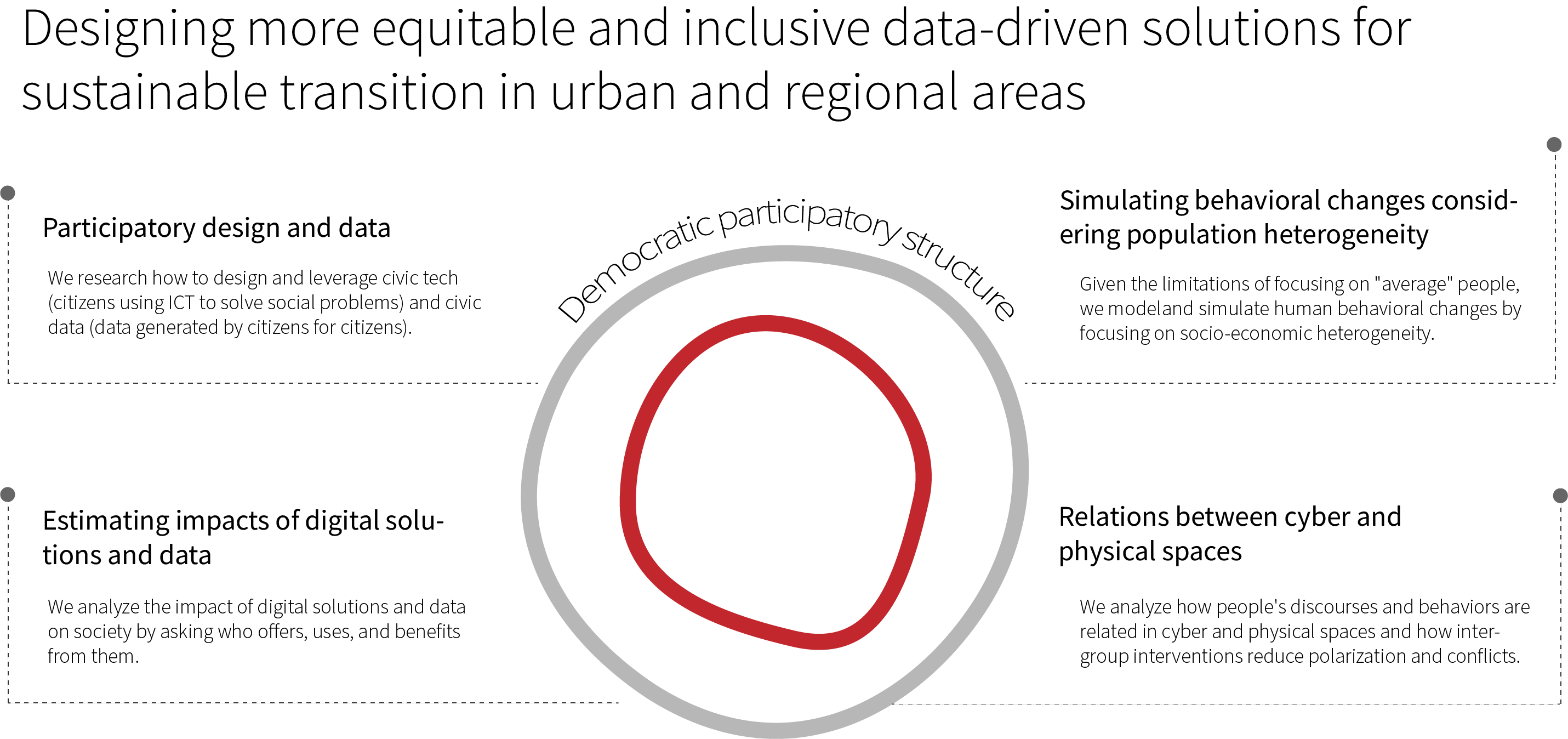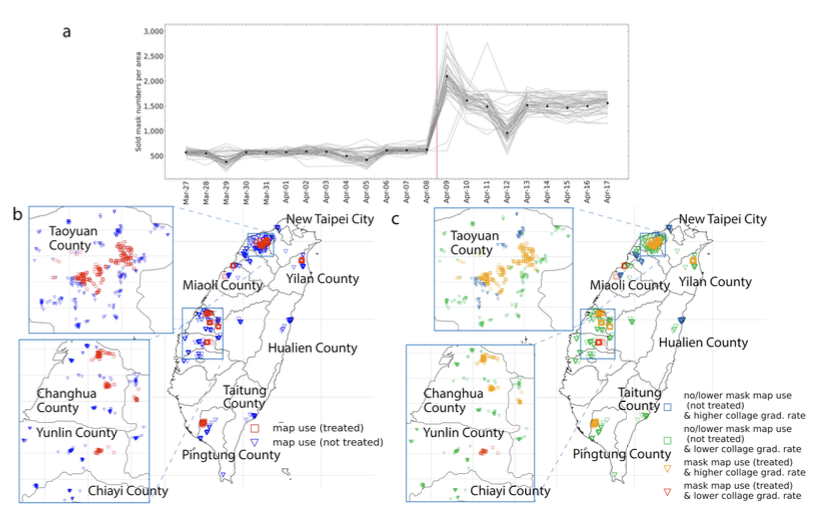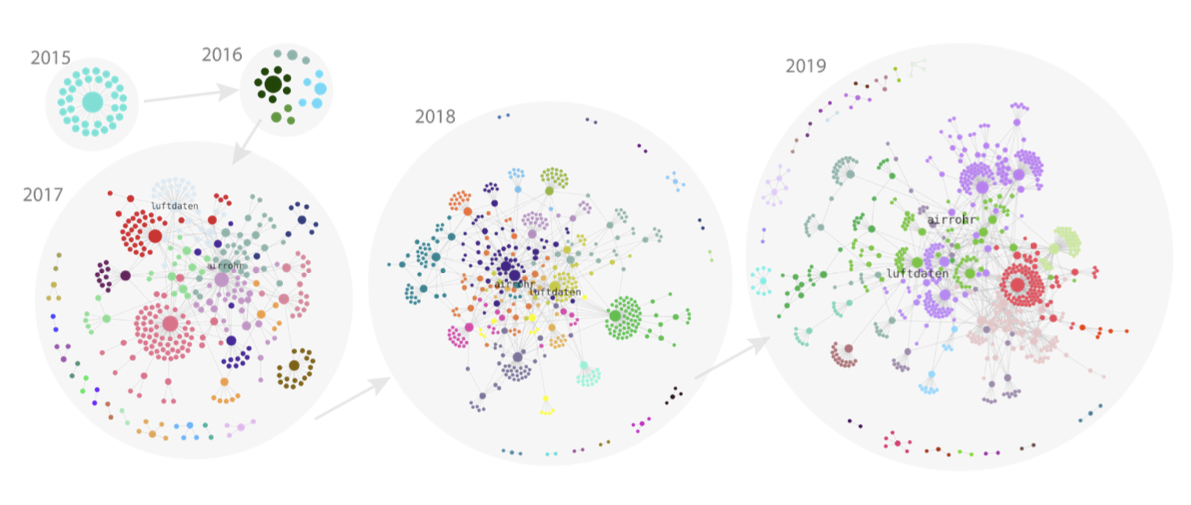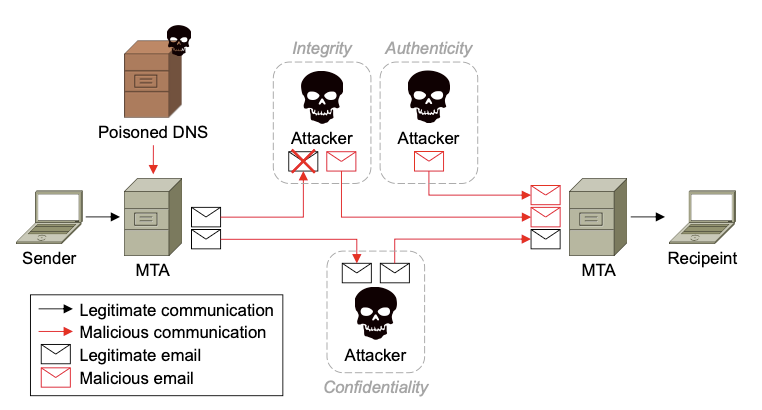Yuya SHIBUYA
澁谷遊野
RESEARCH

I've been engaged in empirical research in a wide range of socio-information studies, spatial informatics, and HCI (Human Computer Interaction) fields, focusing on the themes listed in the research map above. Although it does not represent an exhaustive list, some major research projects are provided below.
Behavior Change in Urban Spaces (2022-)

Understanding the current state and what would happen when something was changed, introduced, or removed plays a key role in discussing, designing, and planning sustainable transitions. Advanced technologies and data enable us to analyze as many scenarios as possible before implementing policies or introducing infrastructures in urban spaces. We address the following research questions in order to make such solutions more equitable, diverse, and inclusive for broader cities and villages: (1) how to design participatory structures through digital solutions in cities and villages, (2) how to simulate human behavior changes in cities and villages with considering socio-economic heterogeneity, and (3) how to estimate and evaluate human behavior changes in urban spaces.
- 澁谷 遊野, Pang Yanbo, 関本 義秀. (2022) シナリオに基づく擬似人流生成のためのシミュレーション基盤の構築. 第31回地理情報システム学会講演論文集.
Data, Communication, and Particiaptroy Structure in the Digital Era (2020-)
Civic Tech, Digital Civics, and Communication

- With critical perspectives, the research empirically explores how digital media and data facilitate a democratic participatory structure for sustainability transitions in cities.
- The design of civic tech is often confronted with impediments, barriers, and a lack of resources. These and other causes may lead to the discontinuation and even abandonment of initiatives. We aim to develop a better understanding of why some civic tech initiatives fail and ask whether discontinued initiatives may still somehow contribute to social change and the growth of digital civics. A variety of subquestions around discontinued civic tech will be addressed, including matters of participation, citizen science, public management, power structures and biases, and communication.
Human Factors in Cybersecurity: Why Are Best Cutting-Edge Solutions Not Always the Best?

Use of email has remained a prominent communication tool in business environments, making email security crucial for every organization. However, the decision-making process in setting security policies is not always straightforward. Rather than prioritizing actual effectiveness and reliability, organizations sometimes adopt security practices based on human factors, such as ease of use. Consequently, various seemingly effective yet ineffective security measures have been observed, creating a situation known as security theater. To deepen our understanding of security-related decision-making in organizations, we scrutinize an email security practice in Japan as a case of security theater. We ask why such an ineffective practice has become rampant and why organizations cannot switch from it despite recognizing its ineffectiveness. Our study emphasizes that the pseudo effects of security measures (e.g., the visibility of security procedures) and peer pressure (e.g., competitors’ and business partners’ practices) have more associations with the organizations’ decision-making practices than actual effectiveness, highlighting the key role of human factors in designing email security solutions.
Past projects
Digital Economy and Cities/Regions (2020-2021)
Disaster Recovery in the Digital Era (2017-2019)
The study explores the possibility of using social media data for detecting socio-economic recovery activities. In the last decade, there have been intensive research activities focusing on social media during and after disasters. This approach, which views people's communication on social media as a sensor for real-time situations, has been widely adopted as the "people as sensor" approach. Furthermore, detecting communities' real-time recovery situations is essential to improve recovery efforts after large-scale disasters since conventional socio-economic recovery indicators, such as governmental statistics, are not published in real-time. Thanks to its timeliness, using social media data can fill the gap. Motivated by this possibility, the study primarily focuses on the relationships between people's communication on Twitter and Facebook pages and socio-economic recovery activities as reflected in the used-car market data and the housing market data in the case of two major disasters: the Great East Japan Earthquake and Tsunami of 2011 and Hurricane Sandy in 2012. The study sheds light on the "people as sensors" approach for detecting socio-economic recovery activities, which has not been thoroughly studied to date but can potentially improve situation awareness during the recovery phase. Secondly, the study proposes new socio-economic recovery indicators: social media communication data, used-car market data, and housing market data. Thirdly, in the context of using social media during the recovery phase, the results demonstrate the importance of distinguishing people behind communications. The study demonstrates the importance of taking into consideration geological closeness and people's personal relations to the affected areas (i.e., whether communications are posted by people who are at or near disaster-stricken areas and by those who are farther away).

Social Media Interaction
澁谷遊野 中里朋楓 (2024) 令和6年能登半島地震におけるデジタル空間の偽誤情報流通状況の報告 (口頭発表)
Nakazato, Tomoka, Shibuya, Yuya, Soichiro, Takagi (2023) Characterizing the Behavior of Healthcare Experts Towards COVID-19 Vaccine on Twitter. Proceedings of WI-IAT2023. Venice, Italy.
Shibuya, Yuya, Hamm, Andrea, & Cerratto Pargman, Teresa. (2022). Mapping HCI Research Methods for Studying Social Media Interaction: A Systematic Literature Review. Computers in Human Behavior, 129, 107131.